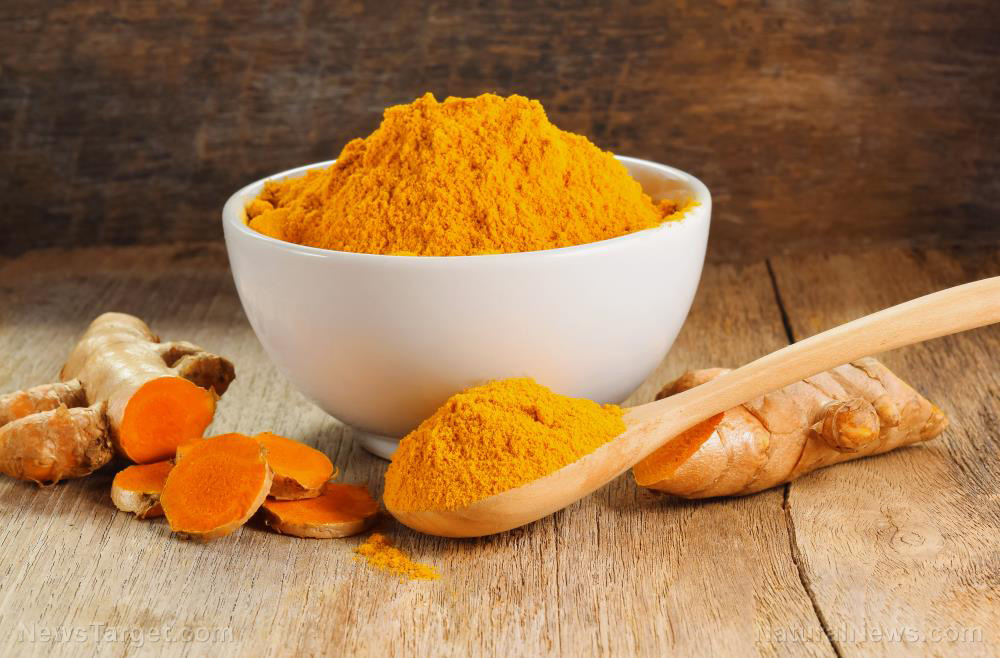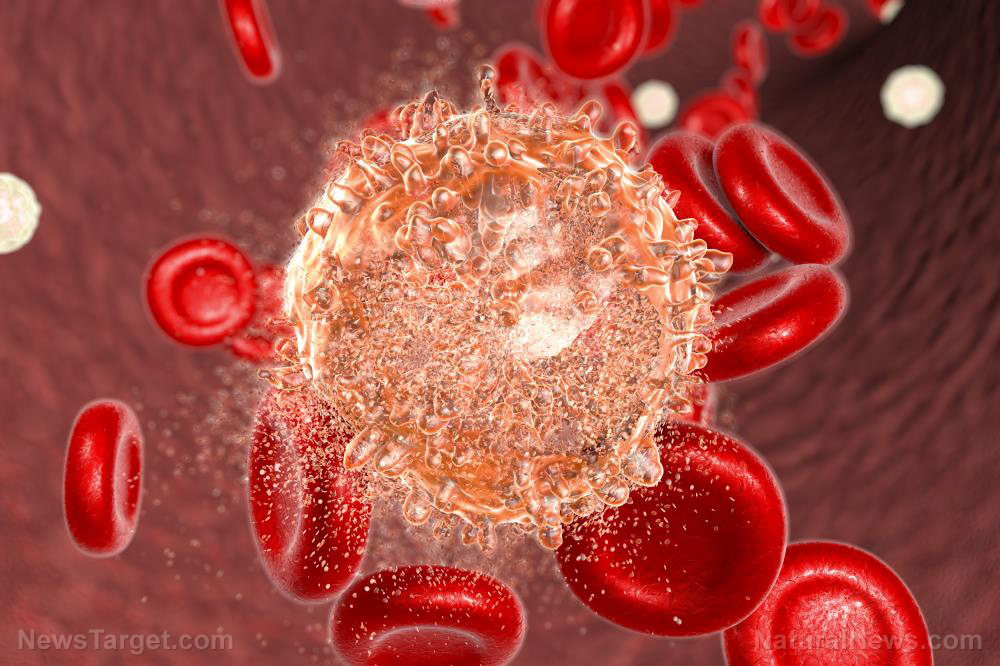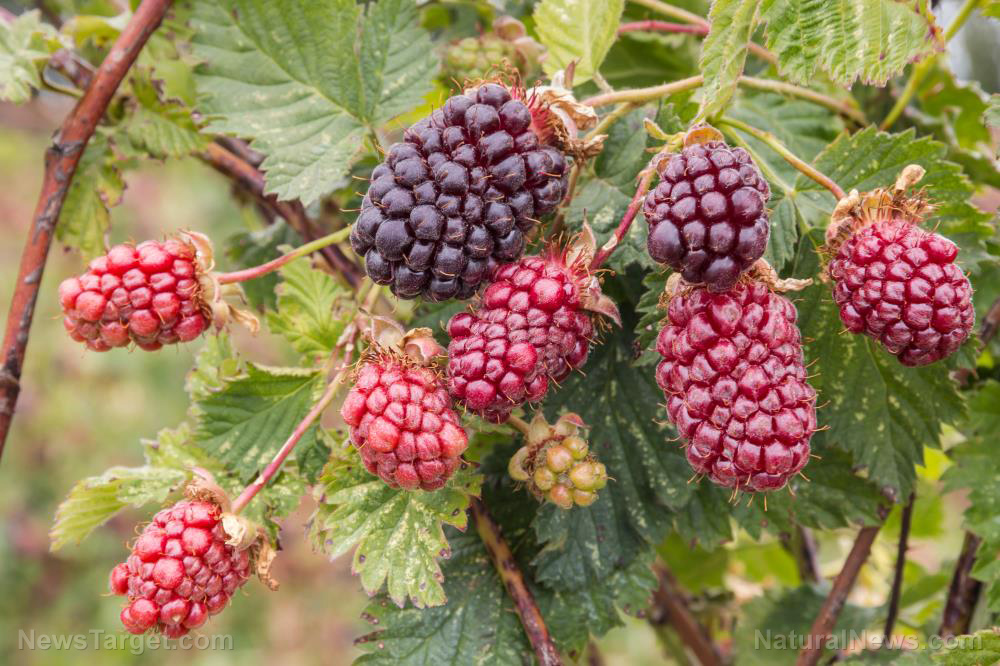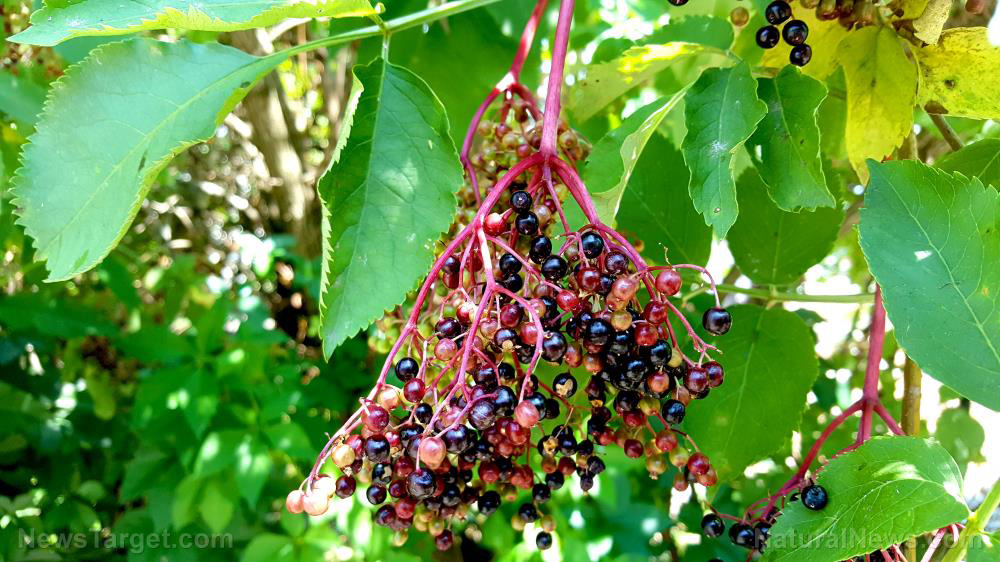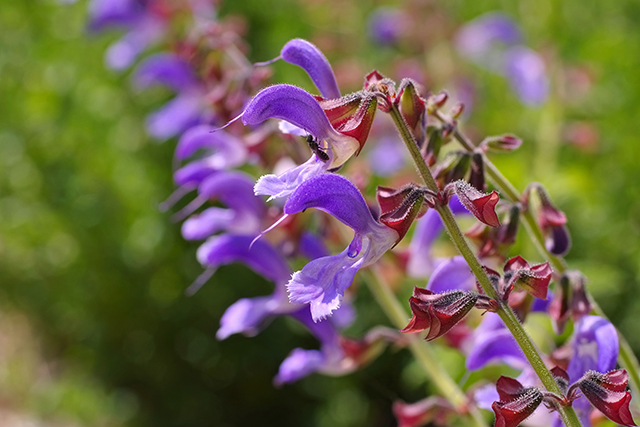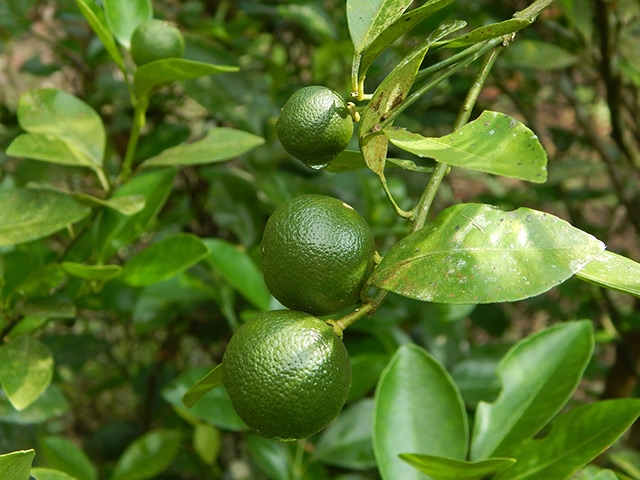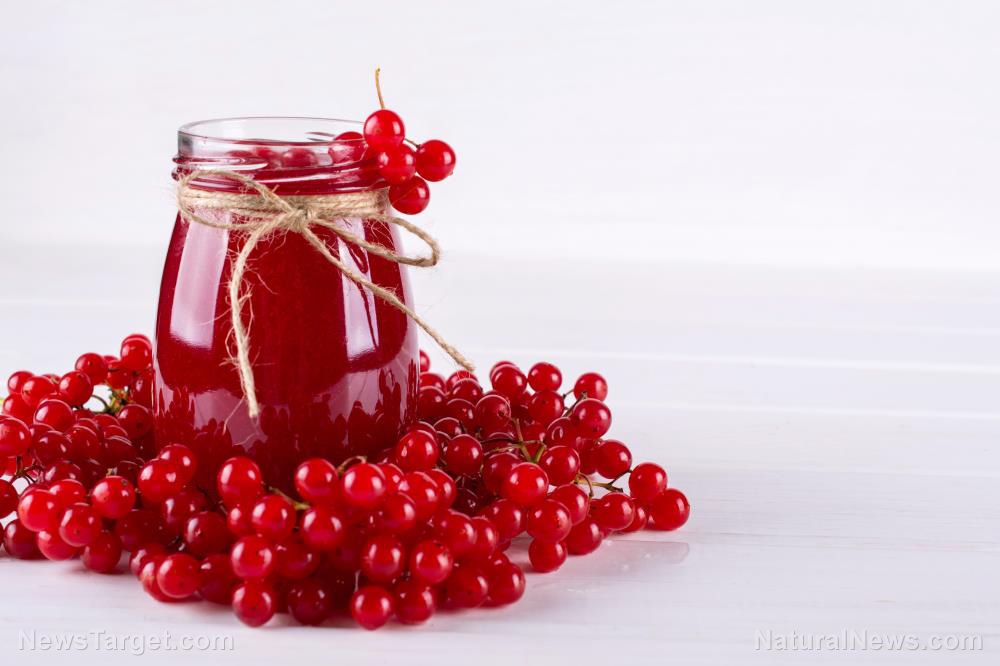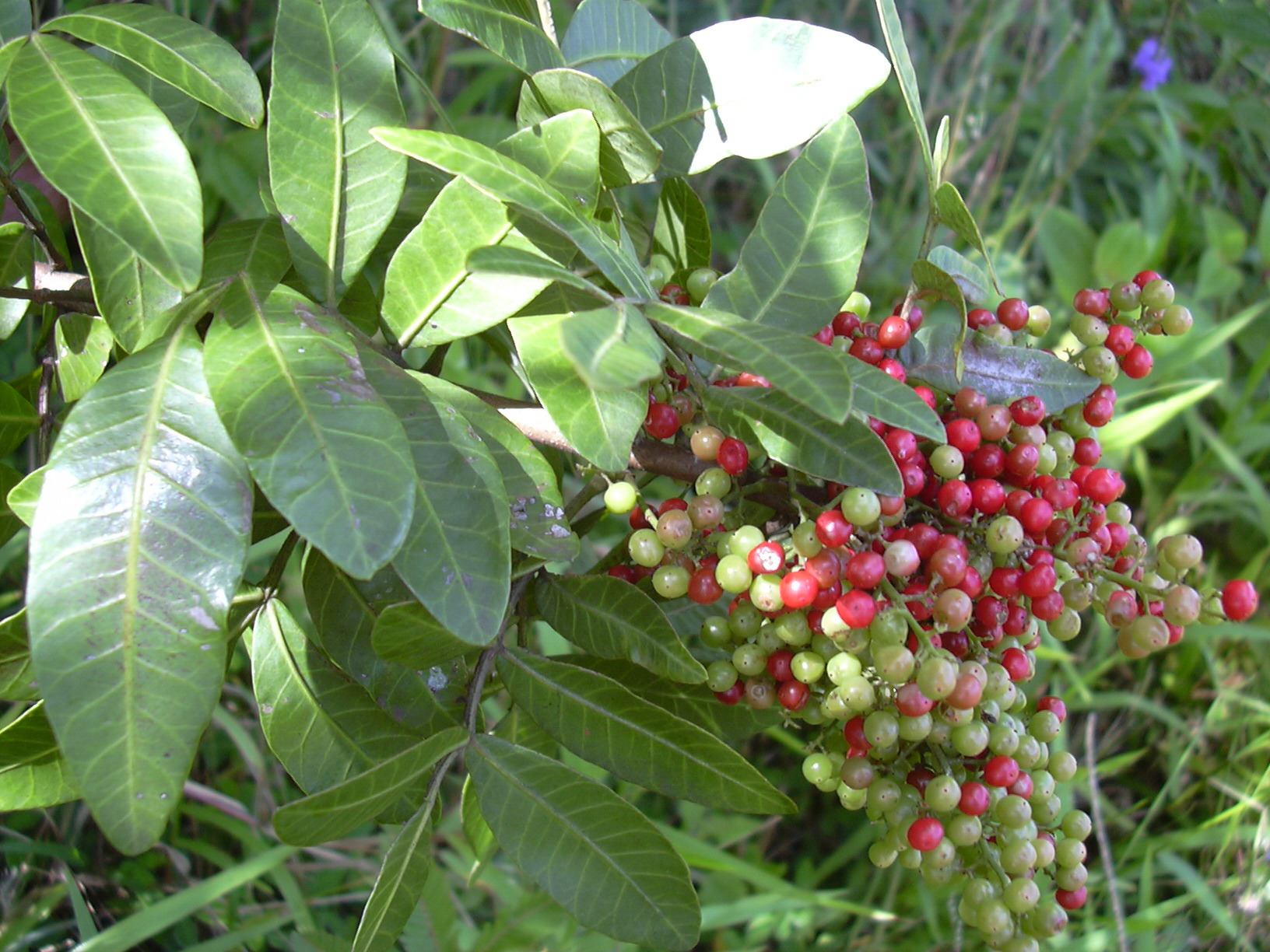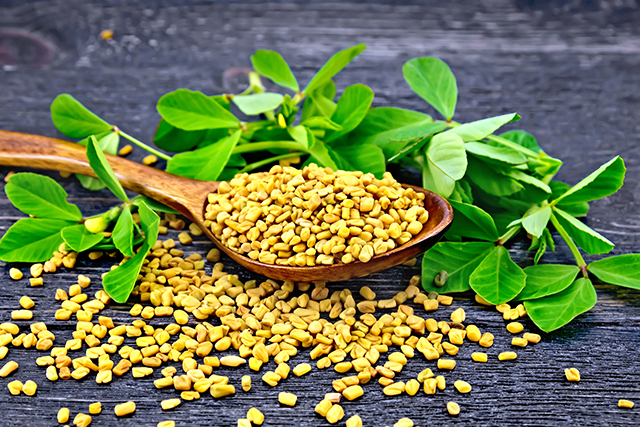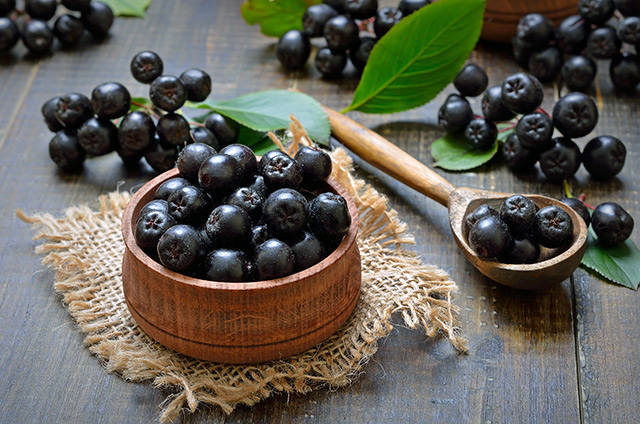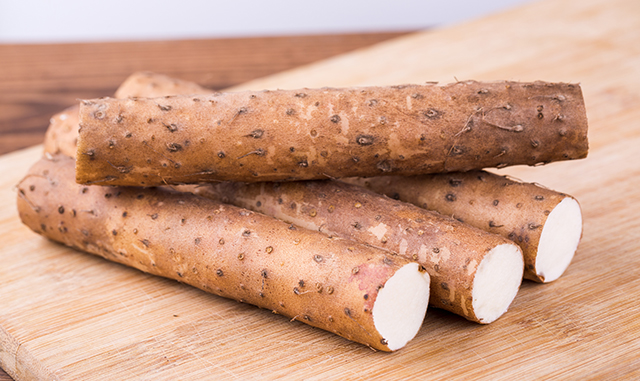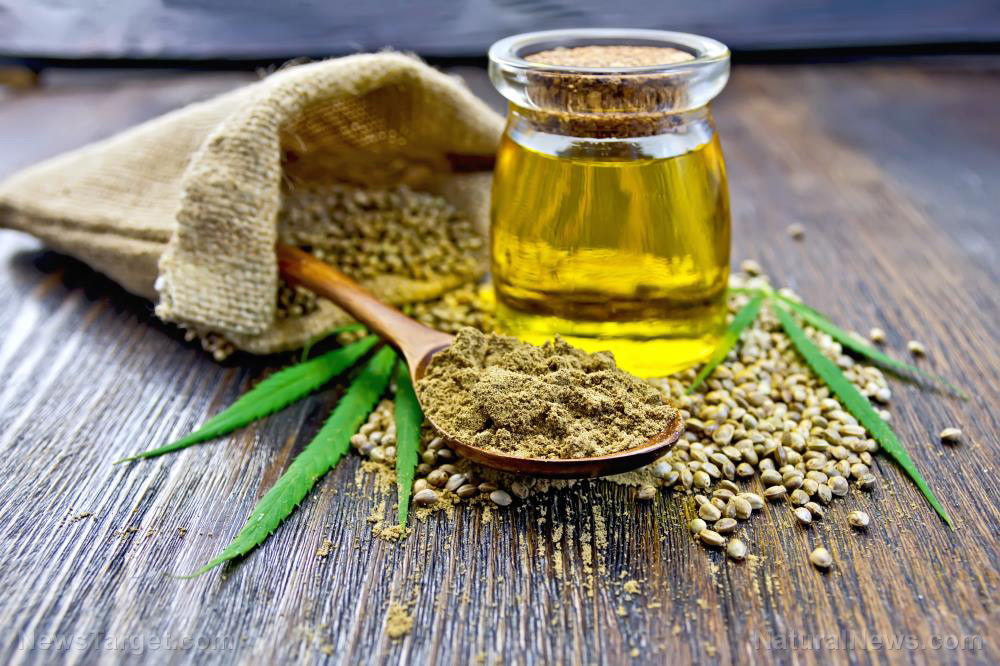Nourish your body by eating moringa leaves every day
01/11/2019 / By Zoey Sky

Moringa or the drumstick tree (Moringa oleifera) is a nutritional plant that offers many health benefits. The plant looks unassuming, but it is a potent superfood that can also enhance the benefits of other vegetables.
Moringa is a fairly large tree that is endemic to North India. It is also called horseradish tree or ben oil tree. Almost all parts of the moringa tree are consumed or used as ingredients in traditional herbal medicines. Moringa leaves and pods are often eaten in certain parts of India and Africa.
The nutritional profile of moringa
Moringa leaves contain protein, and its fiber content is at least 30 times greater than other vegetables. According to Dr. Ferihana, a family health expert, more people should be consuming moringa leaves regularly since they can help boost the immune system. With a strong immune system, you have a better chance of fighting off viruses that can cause diseases. (Related: The potential antidiabetic benefits of moringa.)
Additionally, moringa leaves are full of different vitamins and minerals. A cup of freshly chopped moringa leaves that weighs about 21 grams (g) has:
- Protein (two grams)
- Vitamin B6 (19 percent of the Recommended Dietary Allowance [RDA])
- Vitamin C (12 percent of the RDA)
- Iron (11 percent of the RDA)
- Riboflavin (B2) (11 percent of the RDA)
- Vitamin A (from beta-carotene) (nine percent of the RDA)
- Magnesium (eight percent of the RDA)
In Western countries, dried moringa leaves are available as dietary supplements. These supplements are sold in either in powder or capsule form. Taking moringa supplements in capsules doesn’t offer the same amount of nutrients as fresh moringa, so consume fresh leaves when possible to enjoy all the health benefits.
Moringa leaves are nutritious, but the pods are generally lower in vitamins and minerals. Despite this, moringa pods are still full of vitamin C. A cup of fresh, sliced pods (100 g) has a whopping 157 percent of the daily requirement of vitamin C.
People from developing nations often have diets lacking in protein, minerals, and vitamins. Experts believe that moringa can help these individuals have easy access to many essential nutrients.
Do take note that moringa leaves can also have high levels of antinutrients that may reduce the absorption of minerals and protein.
You can eat moringa leaves raw, but you can also include them in dishes such as vegetable soup. Moringa has a pleasant taste, but Dr. Ferihana warns that you shouldn’t cook the leaves in oil. Cooking moringa in oil will produce a bitter taste in the dish that you are preparing.
Combining moringa leaves with tomatoes can help enhance the nutritional content of both vegetables. Like moringa, tomatoes are full of nutrients that can strengthen the immune system. Tomatoes also contain vitamin C and the antioxidant lycopene.
Dr. Ferihana suggests that tomatoes should be cooked to enhance their vitamin content. You can cook tomatoes by boiling them until the skin starts to come off. While most vegetables are better consumed raw, it is better to boil tomatoes since this increases their vitamin C content.
Moringa also contains antioxidants
Moringa has antioxidants, and these compounds can protect your body from free radical damage. If you have high levels of free radicals, you can experience oxidative stress that is linked to chronic diseases such as heart disease and type 2 diabetes.
Moringa contains antioxidant plant compounds like beta-carotene and vitamin C.
The plant also contains quercetin, a potent antioxidant that can help lower blood pressure, and chlorogenic acid, which can help moderate blood sugar levels after meals.
Browse more articles about the health benefits of moringa and other nutritious vegetables at Veggie.news.
Sources include:
Tagged Under: botanicals, drumstick tree, herbal medicine, herbal remedies, immune system, M. oleifera, moringa, moringa leaves, Moringa oleifera, natural cures, natural healing, natural health, natural medicine, natural remedies, organics, prevention, remedies

